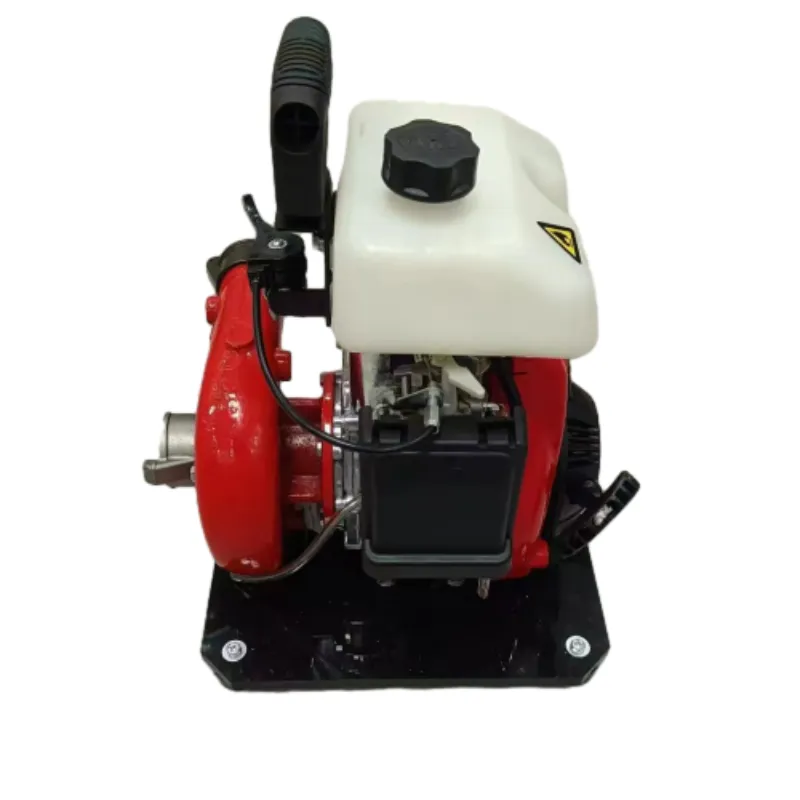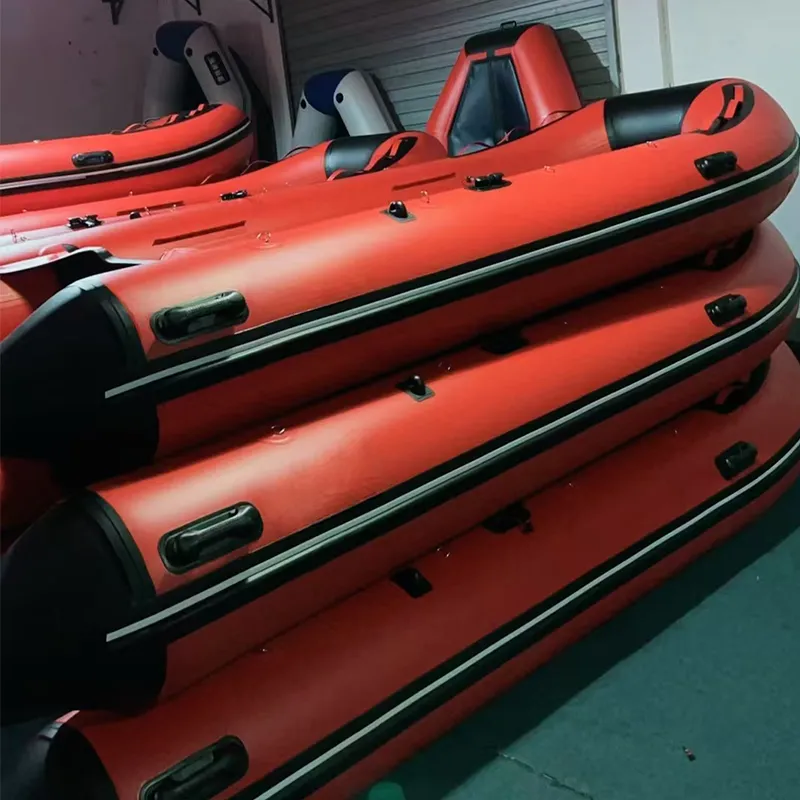

No discussion of forest fire fighting tools would be complete without mentioning the fire shelter, an innovative lifesaving device. Made from fire-resistant materials, the fire shelter is a last resort for firefighters trapped by advancing flames. Its ability to reflect radiant heat and shield individuals from direct contact with flames underscores its importance. While it's a tool one hopes never to deploy, its presence in a firefighter's gear is a testament to the unpredictable nature of wildfires and the necessity of being prepared for the worst-case scenarios. Additionally, backpack pumps provide crucial portability and accessibility in fighting fires. These lightweight yet durable devices allow firefighters to extinguish small fires or dampen hotspots, playing a vital role in initial attack strategies where speed and maneuverability are paramount. Their simplicity and ease of use make them a favorite among many firefighting units, offering a straightforward solution while traversing vast forested areas. The technological advancements in forestry tools continue to evolve, with an increasing emphasis on integrating digital tools, such as Geographic Information System (GIS) technology, which can provide real-time data on fire spread and environmental conditions. This fusion of traditional tools and modern technology represents the future of forest fire fighting strategies, enabling quicker decision-making and more precise operations. For any organization involved in firefighting, understanding and investing in these tools is not just about maintaining operational efficiencies but ensuring the safety and security of those on the frontline. Each tool, from the Pulaski axe to the GPS-enabled systems, plays a role in a comprehensive strategy to protect natural resources and human lives from the devastation of wildfires. As fire patterns change due to global environmental shifts, the continuous development and procurement of more effective firefighting tools help prepare teams for the unpredictability of the elements they face.





























